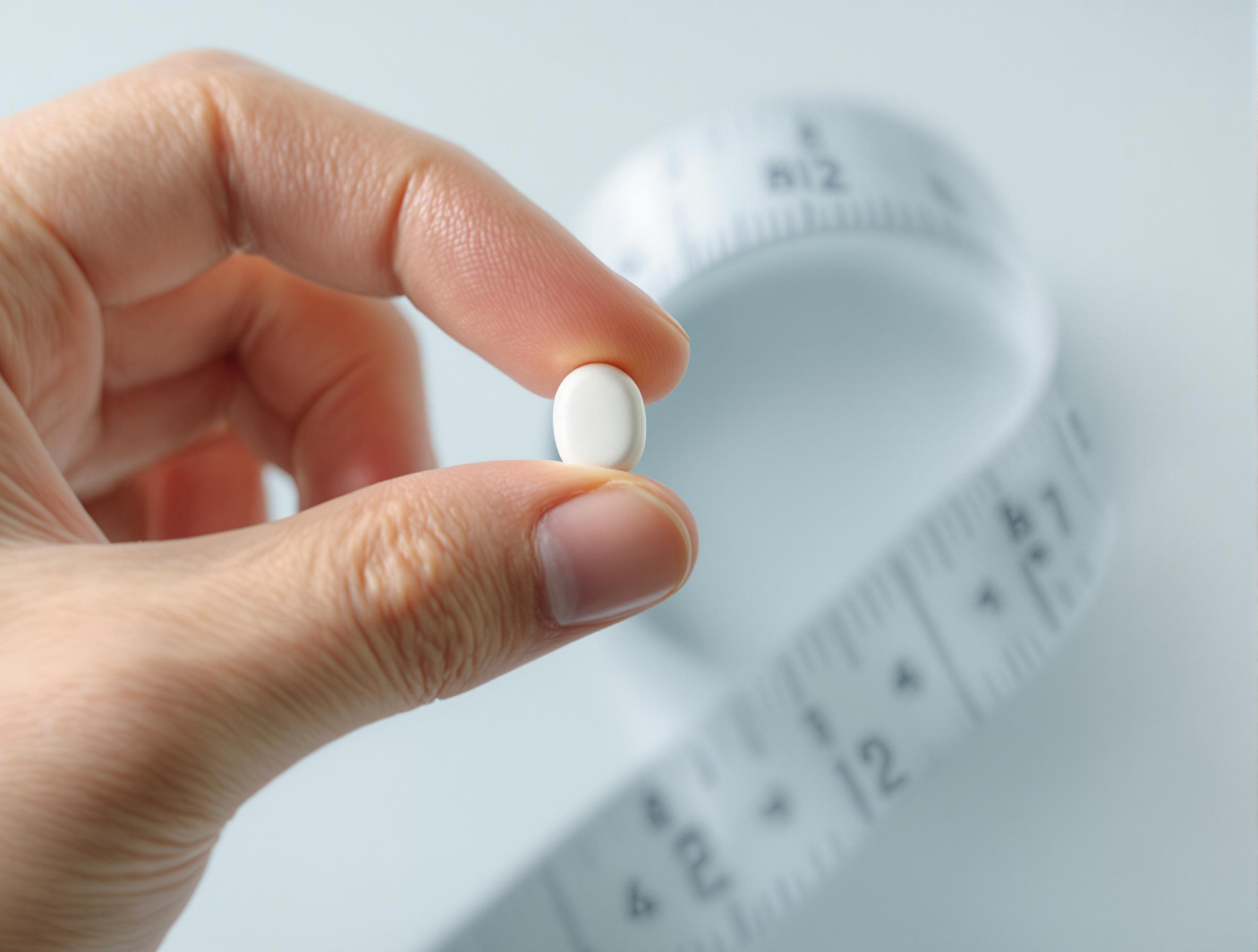5 Common Tirzepatide Side Effects and How to Manage Them

Key Takeaways
- Tirzepatide is a dual-action medication offering effective blood sugar control and significant weight loss benefits. Still, it can cause side effects such as nausea, appetite suppression, and injection site reactions.
- Common side effects like gastrointestinal discomfort and hypoglycemia can often be minimized by gradual dose escalation, balanced nutrition, and proper medication management.
- Injection site reactions are typically mild and manageable with proper technique and site rotation.
Tirzepatide has revolutionized the treatment landscape for Type 2 diabetes and weight loss, providing a powerful solution to those seeking improved health outcomes. However, like any medication, it comes with potential side effects that users should understand and manage proactively.
This blog looks into five common tirzepatide side effects and offers practical advice for minimizing their impact. Whether you’re starting tirzepatide or considering it as part of your health regimen, this comprehensive guide will help you confidently navigate your journey.
What is tirzepatide?
Tirzepatide is a once-weekly injectable medication approved for managing blood sugar levels in individuals with Type 2 diabetes. What sets tirzepatide apart is its unique mechanism of action. It is both a GLP-1 receptor agonist and a GIP (glucose-dependent insulinotropic polypeptide) receptor agonist, meaning it targets two critical hormones involved in blood sugar regulation and metabolic health.
This dual action makes tirzepatide highly effective for controlling blood glucose levels. But its benefits extend beyond diabetes management—it’s also a breakthrough therapy for significant weight loss.
How does tirzepatide promote weight loss?
One of tirzepatide’s most exciting effects is its ability to aid in weight loss. It achieves this through several mechanisms:
- Suppressing appetite: Tirzepatide influences hormones like GLP-1 and GIP, which reduce hunger signals in the brain, helping you naturally consume fewer calories.
- Improving insulin sensitivity: Enhanced insulin sensitivity reduces the storage of excess calories as fat, promoting a healthier body composition.
- Slowing gastric emptying: By slowing the rate at which food leaves your stomach, tirzepatide helps you feel fuller for longer, reducing the urge to overeat.
Clinical trials have shown that tirzepatide patients achieve impressive weight loss results, often comparable to those seen with bariatric surgery.
Tirzepatide side effects
Tirzepatide offers powerful blood sugar control and weight loss benefits, but it may cause side effects. Understanding and managing these effects—such as gastrointestinal discomfort, appetite changes, and injection site reactions—can help ensure safe and effective use of this medication.
Gastrointestinal side effects
Among the most common tirzepatide side effects are gastrointestinal issues, including nausea, vomiting, and diarrhea. These symptoms will most likely occur when you start the medication or increase your dose.
These effects result from tirzepatide’s action on gut hormones, which slow digestion and alter how the body processes food. While these changes are part of how the drug works, they can be uncomfortable as your body adapts.
To reduce nausea, vomiting, and diarrhea, consider the following strategies:
- Gradual dose escalation: Starting with a lower dose and slowly increasing it allows your body to adjust to the medication’s effects.
- Eat smaller, more frequent meals: This can prevent overwhelming your digestive system, reducing nausea.
- Avoid high-fat or spicy foods: These can irritate your stomach and exacerbate symptoms.
- Stay hydrated: Diarrhea causes dehydration, so drink plenty of water or electrolyte-rich beverages.
These symptoms often subside after a few weeks as your body adjusts. However, if they persist or significantly impact your quality of life, consult your doctor about potential alternatives or supportive treatments.
Appetite suppression and weight loss
Another common side effect of tirzepatide is appetite suppression. While this is one of the reasons for its effectiveness in weight loss, it can also present challenges, especially if it leads to inadequate nutrition.
Patients often report feeling full after consuming small amounts of food, making it difficult to meet their nutritional needs. If not managed correctly, this can result in fatigue or nutrient deficiencies over time.
Maintaining proper nutrition is essential while taking tirzepatide. Here’s how to do it:
- Prioritize nutrient-dense foods: Opt for lean proteins, whole grains, fruits, vegetables, and healthy fats to maximize nutrition in smaller portions.
- Meal planning: Prepare balanced meals ahead of time to ensure you’re meeting your daily requirements, even with a reduced appetite.
- Incorporate supplements: If your healthcare provider recommends, take a good multivitamin to fill in any gaps.
- Stay mindful of portion sizes: Eating too little can lead to unintended consequences like fatigue or muscle loss.
While appetite suppression can support your weight loss goals, balancing calorie reduction and nutrition is critical for long-term success.
Blood sugar control and hypoglycemia
Tirzepatide is exceptionally effective at improving blood sugar control, helping patients maintain stable glucose levels. However, this benefit comes with a potential downside: an increased risk of hypoglycemia (low blood sugar), particularly when used along with other diabetes medications like insulin or sulfonylureas.
Hypoglycemia occurs when blood sugar levels drop too low, often due to an imbalance between medication, food intake, and physical activity.
Early symptoms of hypoglycemia include:
- Shaking or trembling
- Sweating
- Dizziness or lightheadedness
- Rapid heartbeat
- Confusion or difficulty concentrating
Severe hypoglycemia can lead to more serious complications, such as fainting or seizures, if not addressed promptly.
To minimize the risk of low blood sugar while using tirzepatide:
- Monitor blood glucose levels regularly: Frequent checks can help detect drops before they become problematic.
- Adjust medications under medical supervision: Your doctor may recommend changes to your insulin or oral diabetes medications to reduce your risk of hypoglycemia.
- Keep quick-acting carbs nearby: Glucose tablets, fruit juice, or candy can quickly raise blood sugar levels during an episode.
- Educate yourself and others: Make sure family members or colleagues know how to recognize and respond to hypoglycemia.
Injection site reactions
Injection site reactions are another potential side effect of tirzepatide. These reactions, including redness, swelling, or mild irritation, are typically mild and resolve independently.
Such effects are common with injectable medications and are often related to injection technique or sensitivity at the application site.
To minimize discomfort and irritation:
- Rotate injection sites: To prevent irritation, avoid injecting into the same spot repeatedly. Use different areas like the abdomen, thigh, or upper arm.
- Follow proper injection technique: Your healthcare provider can demonstrate how to administer the medication correctly.
- Use a cold compress: Applying a cold pack to the injection site after administration can soothe redness or swelling.
- Ensure the area is clean: Clean the injection site thoroughly with alcohol before administering the dose to reduce the risk of infection.
If site reactions persist or worsen, consult your healthcare provider to rule out allergic responses or other issues.
Long-term effects and safety
Tirzepatide is a relatively new medication. While its long-term effects are still under study, early evidence is promising. Researchers are optimistic about its safety profile and sustained benefits for blood sugar management and weight loss.
Preliminary data suggest several advantages:
- Sustained weight loss: Many patients maintain significant weight reductions over extended periods.
- Improved cardiovascular health: Tirzepatide may lower the risk of heart-related complications in diabetes patients by improving blood sugar and weight metrics.
- Minimal risk of severe adverse effects: Most side effects are mild and manageable, even with long-term use.
Managing tirzepatide side effects for optimal health
Tirzepatide offers immense benefits for those managing Type 2 diabetes and pursuing weight loss, making it a transformative option for many patients. However, understanding and managing tirzepatide side effects is essential to realize its potential fully.
At Mobile Care Health, we prioritize your safety and well-being at every stage of your treatment. Our team is committed to providing personalized care, ensuring that you feel supported. Your health journey is a partnership, and we’re here to help you achieve the best possible outcomes with confidence and peace of mind. By working together, we can ensure that tirzepatide supports your health goals effectively and safely.
If you have questions or need assistance, don’t hesitate to contact Mobile Care Health. We’re with you every step of the way.





